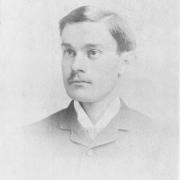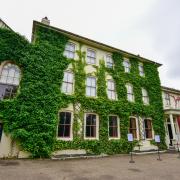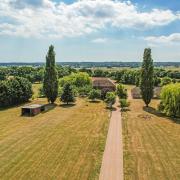Take a look at these amazing images from the 1920s and 30s of the county's seaside resorts from the air, way before the days of the drone. They were taken by Aerofilms Ltd, established in 1919 and set up as the first British firm to offer films and photographs taken from the air for commercial and practical purposes. Views of the coast were popular, and they've now been collected in a new book, England’s Seaside Heritage from the Air, published by Liverpool University Press on behalf of Historic England.
Our writer Jack Watkins sets the scene:
Folkestone Lido, February 1920

The Folkestone Bathing Establishment was a grand affair that opened in 1869 with a swimming pool, plunge bath, and a variety of medicated and invalid baths. However, it lacked a large swimming pool, and in 1879, an extension building was added to the front to house one. This photo also shows the Leas Lift, which still survives today as one of the last surviving funicular railways in the country. It was built in 1885 to transport people between The Leas, the beach and the promenade. It is currently the subject of a campaign to fully restore it. The Bathing Establishment was demolished in 1966
Dreamland Amusement Park, Margate, May 1931

Dreamland is shown eleven years after is opening in 1920. The inspiration for its name came from Coney Island, New York, the globally famous amusement park which had an area known by the same name. The left side of the picture shows what was claimed to be the largest scenic railway in Europe. A rebuilt version of the railway remains part of the amusement park today.
Dover seafront, August 1932

In the early years of seaside holiday resorts, stylish terraces or crescents set a tone of elegance, designed by distinguished architects such as John Nash, at Brighton, and Decimus Burton, at St Leonards-on-Sea. Dover’s seafront also had its share of attractive terracing. Philip Hardwick, designer of the famous Euston Arch, was the architect of Waterloo Crescent, built in 1834-38 and seen on the left of the photograph. Although it still survives today, sadly the rest of front seen in the picture was cleared after heavy bombing and shelling from long-rang guns on the French coast during the Second World War.
England’s Seaside Heritage from the Air, published by Liverpool University Press on behalf of Historic England, is available from all good booksellers, priced £46.58




























